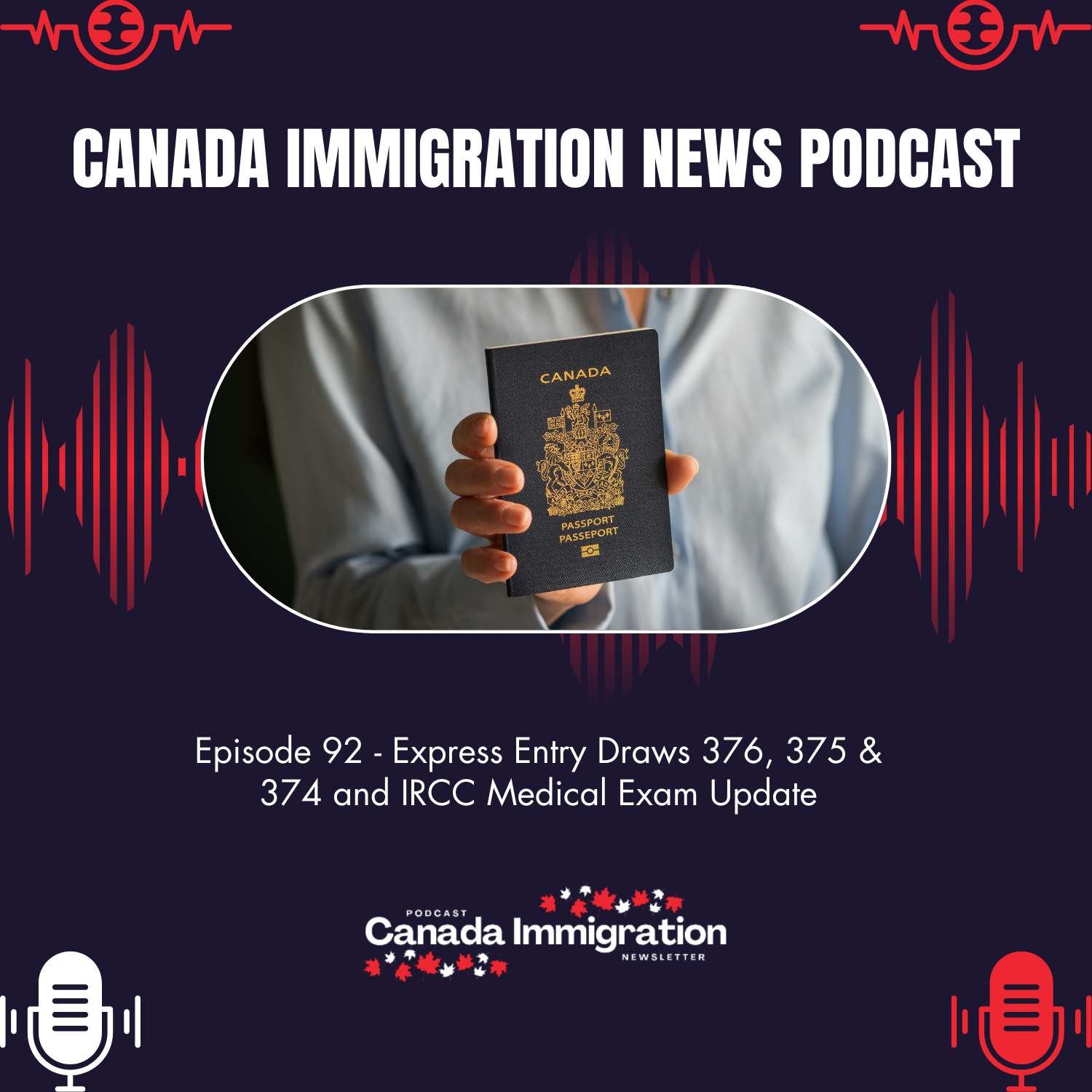Immigration Announcement
Francophone Immigrant Teachers Could Help Address French Education Shortages Outside Quebec

A growing body of research shows that Francophone immigrant teachers could help address French education shortages outside Quebec, and a recent Statistics Canada study provides detailed insight into how this potential could reshape education systems across the country. As provinces grapple with a widening shortage of French-language educators, the findings highlight an underused source of qualified teaching talent already living in Canada.
A shortage that Has Been Building for Years
Demand for French teachers has been rising steadily across multiple provinces. French immersion programs continue to expand, second-language instruction is in high demand, and French-language school boards are reporting difficulty finding qualified staff. In places such as Ontario, British Columbia, Alberta, and New Brunswick, school leaders warn that teacher retirements and population growth could intensify the shortage.
Despite this, many Francophone immigrants with teaching credentials earned abroad are not fully integrated into French-language classrooms. The Statistics Canada study, released November 6, 2025, examines data from the 2021 census to better understand how these teachers are settling, where they work, and how often their teaching expertise is actually used.
What the Study Reveals About Immigrant Teachers
The study focused on Francophone immigrants aged 18 to 60 who completed their teacher education outside Canada, a group referred to as FIFTEs. While they make up a very small share of immigrants overall (just 0.1 percent), the research shows they hold significant potential for supporting French-language education in minority regions.
Some notable findings include:
- FIFTEs are more concentrated in Toronto, Alberta, and British Columbia than in New Brunswick or parts of Ontario traditionally associated with Francophone communities.
- Those trained in Egypt, Côte d’Ivoire, Algeria, France, and Lebanon were the most likely to work as French-language teachers once settled.
- FIFTEs working outside Quebec are far more likely to teach in French compared with those working inside the province.
- Refugee-class FIFTEs were more likely to settle outside Quebec than economic-class immigrants, creating a wider geographic spread of potential educators.
These trends highlight an opportunity: many skilled Francophone immigrants are already positioned in provinces where French teacher shortages are most severe.
Why Location Matters
Francophone immigrant teachers could help address French education shortages outside Quebec: Where they live and work
Geography plays a defining role in how FIFTEs contribute to French-language education. Because French-speaking immigrants often settle in larger urban areas outside Quebec including Toronto, Calgary, Edmonton, and Vancouver, school boards in these regions may have greater access to qualified teachers than previously realized.
However, the study shows that FIFTEs are less concentrated in New Brunswick and parts of rural Ontario, two regions where shortages are among the most pressing. This suggests that recruitment and retention efforts may need to include policies that encourage mobility or provide incentives for teachers willing to relocate.
Barriers that Prevent FIFTEs from Entering Classrooms
Although thousands of Francophone immigrants arrive with teaching degrees, many encounter roadblocks:
- Lengthy credential evaluation processes
- Variations in provincial licensing requirements
- Limited access to bridging programs
- Lack of clear pathways to local certification
- Difficulty obtaining classroom experience in Canada
These issues mean that highly trained educators often shift into non-teaching jobs, despite the need for their skills. Without coordinated national and provincial efforts, much of this potential remains untapped.
How Targeted Immigration Policies Could Help
Recent federal initiatives acknowledge the shortage and aim to bring more French-speaking teachers into Canada. Measures include:
- Dedicated immigration corridors for French-speaking educators
- Increased settlement funding for Francophone minority communities
- Targeted Express Entry selection for French-speaking applicants
- Investments of more than $130 million over five years to bolster French-language education
Still, the study emphasizes that immigration alone cannot solve the shortage. Credential recognition, provincial licensing reforms, and community-level retention efforts are just as essential.
Why This Matters for Bilingualism?
French-language education is central to Canada’s goal of strengthening bilingualism outside Quebec. Without enough qualified teachers:
- French immersion programs cap enrollment
- Students receive fewer hours of French instruction
- Schools struggle to offer advanced French courses
- Communities risk losing linguistic diversity
FIFTEs represent a small but unusually important group, one that can help meet educational needs while supporting the vitality of Francophone minority communities across Canada. The latest research makes one point clear: Francophone immigrant teachers could help address French education shortages outside Quebec if supported by targeted recruitment, streamlined credential processes, and community integration strategies. As provinces seek long-term solutions, tapping into this skilled group may be one of the most effective ways to strengthen French-language education across the country.























